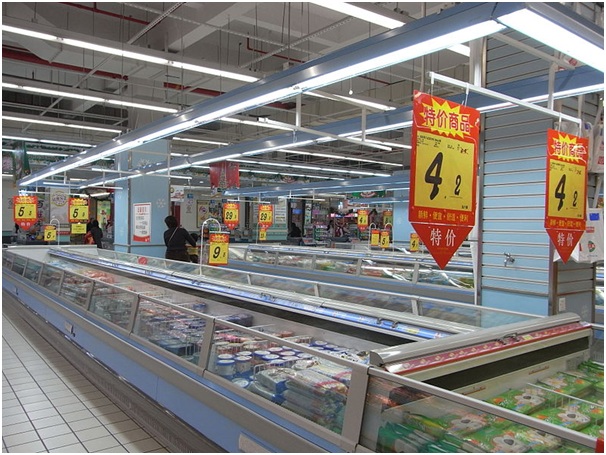Safe refrigeration and food storage is good practice for any businesses involved in catering and hospitality at any level. Poor food storage and refrigeration can lead to loss of stock at best; in the worst case, it could give your customers food poisoning and potentially lose your business.

Why does food need refrigerating?
Before you look into how it’s best to store food, it’s important to understand why different food items need to be stored below certain temperatures. Tiny microbes within food are always growing, and these can turn into bad cultures that can be unsafe to eat. Colder temperatures can prevent or slow down the growth of these microbes.
Top Refrigeration Tips
Different categories of food should also be placed together in your commercial refrigeration unit, such as dairy, meat, vegetables and cooked items. This helps prevent cross-contamination and makes it easier for you to find and store items. The bottom shelf of the fridge is the coldest, so the shelf above the vegetables should be used for storing meat and fish; this will also prevent them from dripping onto shelves below. The vegetables drawers are warmer – around 10 degrees – to prevent vegetables from becoming soggy. Dairy, cooked food and unopened products should go on the middle and top. The shelves in the door are the warmest part of the fridge and should be used only for items that need “light” refrigeration, such as butter.
Always make sure the fridge is closed properly and adjust the settings throughout the year. Fridges should be at their coldest in summer. Commercial fridges from retailers such as https://www.fridgefreezerdirect.co.uk/ commercial refrigeration experts should have a built-in thermometer. Finally, it’s important not to overload your fridge as this will decrease its overall performance.
General Food Storage
For both refrigeration and general dry food storage, operate a FIFO system. This means First In, First Out, and it prevents food from lingering at the back of a cupboard for months on end.
These basic tips will prevent food from becoming spoiled and therefore reduce the amount you need to throw away. It will also hugely diminish the likelihood of unsafe cultures occurring in food and the risk of giving customers food poisoning.
